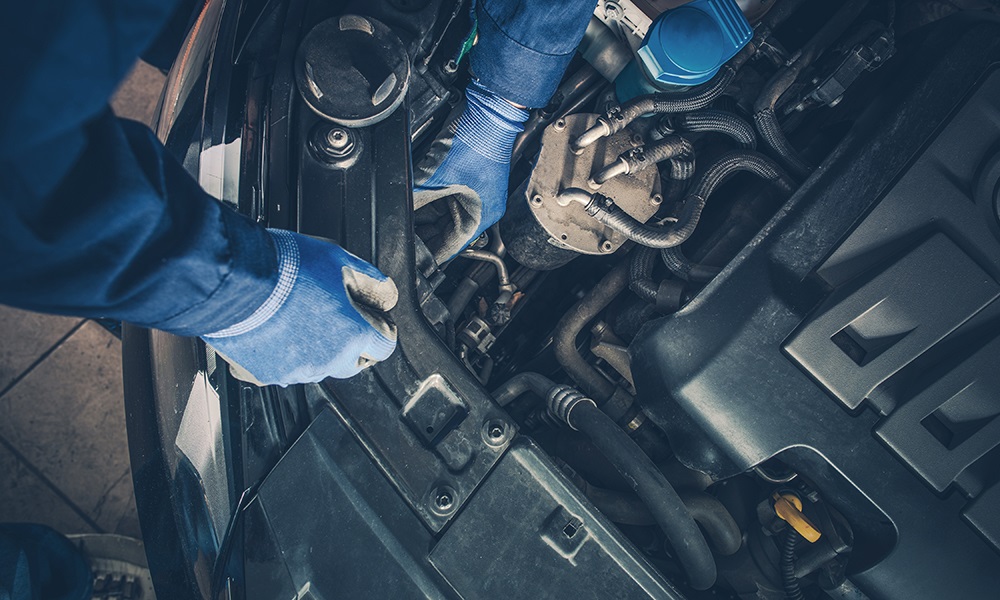Maintaining a comfortable cabin temperature is essential for any driver, and the car’s air conditioning system plays a crucial role in achieving this. At the heart of this system lies the AC condenser, a vital component responsible for dissipating heat from the refrigerant. Located typically at the front of the vehicle, often in front of the radiator, the condenser transforms high-pressure, hot refrigerant gas into a cooler liquid, allowing the entire cooling cycle to continue. When this critical part suffers damage, the AC system’s ability to cool effectively is severely compromised, leading to uncomfortable driving conditions and potential further system issues.
Causes of Condenser Damage
Given its exposed position at the front of the car, the AC condenser is particularly vulnerable to various forms of damage. The most common culprits include direct impacts from road debris like rocks, gravel, or even small animal strikes, which can puncture its delicate fins or tubing. Front-end collisions, even minor ones, can also bend or crack the condenser. Furthermore, environmental factors such as prolonged exposure to road salt, moisture, and general corrosion can gradually degrade the condenser’s material, leading to leaks or blockages over time.
Symptoms of a Failing Condenser
Recognizing the signs of a damaged condenser early can save you from more extensive repairs. The most obvious symptom is a significant reduction in cooling performance, with the AC blowing warm or only slightly cool air. You might also notice an oily residue on the condenser’s surface or on the ground beneath the front of the car, indicating a refrigerant leak. Hissing sounds when the AC is operating, or an unusually frequently cycling compressor, can also point to low refrigerant pressure due to a leak from a compromised condenser. Obviously the Auto AC Repair in Houston, TX based service would be useful here.
Professional Diagnosis: Pinpointing the Problem
When AC performance dips, professional diagnosis is key. Mechanics begin with a thorough visual inspection of the condenser for bent fins, impact damage, or tell-tale oily stains. If physical damage isn’t immediately apparent, technicians use specialized tools like manifold gauges to check refrigerant pressure. Low pressure often signals a leak. To pinpoint the exact location, UV dye can be added to the AC system, which glows under a black light, or an electronic leak detector can be used to sniff out escaping refrigerant.
Repair vs. Replacement: Making the Call
Once condenser damage is confirmed, the decision is made between repair and replacement. Minor issues, such as a single pinhole leak or slightly bent fins, might theoretically be repaired using specialized sealants or a fin comb. However, due to the high-pressure nature of the AC system and the condenser’s intricate design, such repairs are often temporary or unreliable. In most instances, especially with significant impact damage, multiple leaks, or widespread corrosion, total replacement is the only effective and long-lasting solution, proving more cost-efficient in the long run.
The Condenser Replacement Process
Car AC repair services follow a precise multi-step process for condenser replacement. First, the remaining refrigerant is safely recovered using specialized equipment. Next, the old, damaged condenser is carefully disconnected from the AC lines and mounting brackets, then removed from the vehicle. A new, compatible condenser is then installed, ensuring all connections are secure and properly torqued. Following installation, the system is evacuated using a vacuum pump to remove all air and moisture. Finally, the system is recharged with the correct type and quantity of refrigerant and AC oil, and then thoroughly tested for leaks and proper operation.






